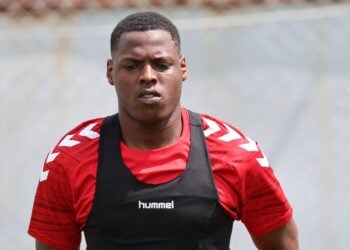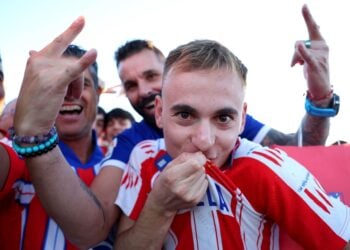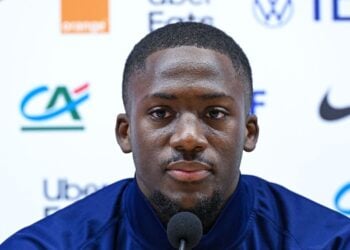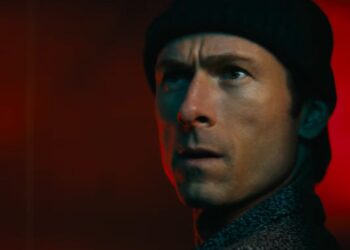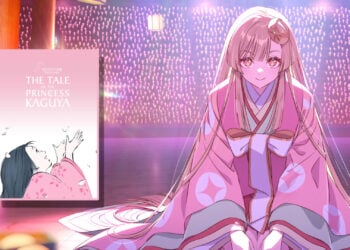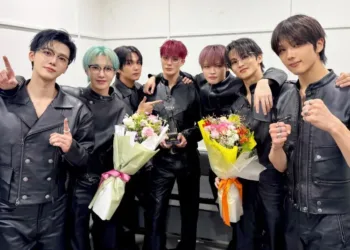Could One Piece‘s greatest mystery be hiding a brilliant homage to JoJo’s Bizarre Adventure? The parallels between Imu-Joyboy and Dio-Jonathan Joestar are uncannily striking, suggesting Eiichiro Oda may have crafted One Piece’s ultimate rivalry as a tribute to Hirohiko Araki’s legendary series. This theory connects ancient betrayals, bloodline curses, and immortal conflicts in ways that make perfect sense.
Table of Contents
One Piece Dio-Jonathan vs Imu-Joyboy Parallel
| JoJo’s Bizarre Adventure | One Piece |
|---|---|
| Dio Brando | Imu |
| Power-hungry manipulator | Silent World Government ruler |
| Betrays adoptive Joestar family | Possibly betrayed Joyboy’s kingdom |
| Uses Stone Mask for immortality | Unknown immortality method |
| Jonathan Joestar | Joyboy |
| Noble, righteous protagonist | Ancient liberator figure |
| Joestar bloodline carries destiny | “D” clan bears ancient will |
| Defeated Dio with Hamon | Potentially defeated Imu with Haki |
| Body stolen by Dio’s head | Theory: Body claimed by Imu |
Oda’s Proven Respect for Araki
The connection isn’t purely theoretical. Eiichiro Oda contributed tribute art of Jotaro Joestar for JoJo’s 25th anniversary celebration in 2012, demonstrating his deep admiration for Araki’s work. JoJo’s Bizarre Adventure, running since 1987, has influenced countless manga creators, and Oda’s tribute suggests more than casual appreciation.
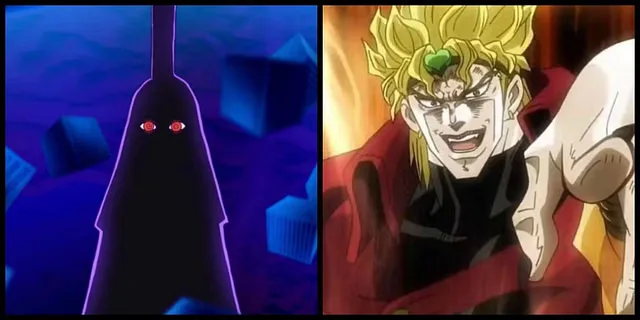
The Betrayal Pattern: Brothers Turned Enemies
Dio’s Origin Story
In JoJo’s, Dio begins as a thief’s son who gets adopted into the Joestar family after George Joestar’s kindness. This seeming salvation turns deadly when Dio poisons his adoptive father, driven by jealousy and ambition.
Imu’s Possible Parallel
The theory suggests Imu could have been taken into Joyboy’s kingdom or family, only to orchestrate an internal betrayal. This would mirror Dio’s pattern perfectly – salvation followed by devastating treachery from within.
Supernatural Rivalries & Ancient Powers
The Vampire Transformation
Dio transforms into a vampire using a Stone Mask triggered by Joestar blood, gaining immortality and supernatural abilities. The Joestar bloodline proves uniquely significant, just as the “D” clan carries special meaning in One Piece.
Hamon vs Haki Connection
Jonathan defeats Dio using Hamon, a breathing-based power system that bears striking resemblance to One Piece’s Haki. Both represent spiritual/life force energy used against supernatural opponents, suggesting Joyboy may have initially defeated Imu using advanced Haki techniques.
The Ship Theory: Davy Back Fight Origins
JoJo’s Final Confrontation
Jonathan and Dio’s final battle occurs on a ship, where Dio, reduced to just a head, attaches himself to Jonathan’s body. This creates a twisted fusion of noble hero and evil villain.
One Piece Implications
The theory proposes Joyboy and Imu had their ultimate confrontation aboard a ship that became the legendary “Davy Jones” vessel. If Imu claimed Joyboy’s body similar to Dio’s theft of Jonathan’s, it would explain:
- Why Imu remains mysterious and hidden
- The origin of Davy Back Fight traditions
- The connection between ancient conflicts and modern pirate customs
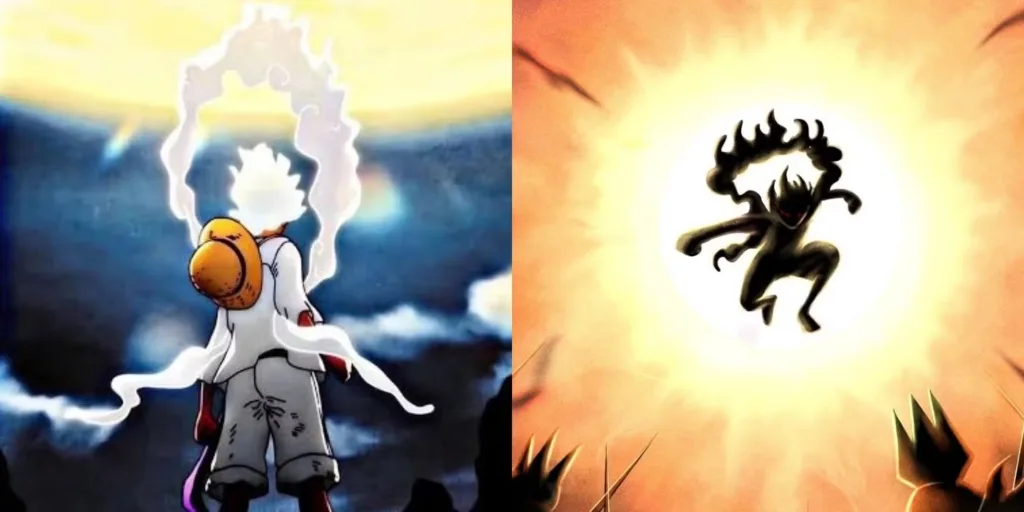
Voice Actor & Naming Clues
The Dio Connection
Rumors suggested Koichi Yamadera, who voices Dio in JoJo’s anime, might voice Imu. While unconfirmed, this casting choice would be incredibly fitting given the character parallels.
Dramatic Naming
Emporio Ivankov dramatically reveals Imu’s full name as “Nerona Imu”, delivered with JoJo-esque flair that feels intentionally theatrical – a signature of Araki’s storytelling style.
The Bloodline Curse Connection
Joestar Destiny vs D Clan Will
Both series feature hereditary “curses” or destinies:
- Joestar bloodline: Fated to confront supernatural evil across generations
- D clan: Carries the “Will of D” opposing world government tyranny
Immortality Through Blood
Dio gains power by consuming Joestar blood, while One Piece hints at mysterious connections between bloodlines and ancient powers. The D clan’s significance in opposing figures like Imu mirrors how Joestar blood specifically threatens Dio.
Why This Theory Makes Sense
Oda’s Storytelling Style
Oda frequently incorporates homages and references from various media, weaving them seamlessly into One Piece’s narrative. A JoJo reference of this magnitude would be ambitious yet fitting for the series’ final saga.
Thematic Alignment
Both rivalries explore themes of:
- Noble sacrifice versus selfish ambition
- Bloodline destiny and inherited will
- Immortal evil versus mortal heroism
- The corruption of brotherhood into hatred
Alternative Interpretations
While compelling, this theory remains speculative. Imu and Joyboy’s relationship could represent:
- Original inspiration rather than direct homage
- Convergent storytelling exploring universal themes
- Coincidental similarities between complex narratives
The Bigger Picture
Whether intentional homage or inspired coincidence, the Dio-Jonathan parallel enriches our understanding of One Piece’s central conflict. It suggests the Imu-Joyboy dynamic may be more personal and tragic than simple good versus evil, involving betrayal, stolen identity, and ancient wounds that still bleed.
For more anime theories, manga analysis, and One Piece content, visit TechnoSports.co.in – your ultimate destination for comprehensive anime coverage and theory discussions.
For in-depth anime theories, character analysis, and manga discussions, explore TechnoSports.co.in – where anime expertise meets compelling storytelling insights.
Frequently Asked Questions
Q1: Is there concrete evidence that Eiichiro Oda intentionally based Imu and Joyboy’s relationship on Dio and Jonathan from JoJo’s Bizarre Adventure?
While there’s no official confirmation from Oda himself, several compelling pieces of circumstantial evidence support this theory. Most notably, Oda contributed tribute art of Jotaro Joestar for JoJo’s 25th anniversary celebration in 2012, demonstrating his deep respect for Hirohiko Araki’s work. The structural parallels are remarkably specific: both feature adoptive brother relationships turned antagonistic, supernatural immortality gained through betrayal, noble bloodlines carrying special significance, and final confrontations on ships where the villain claims the hero’s body. Additionally, rumors suggested that Koichi Yamadera (Dio’s Japanese voice actor) might voice Imu, and the dramatic revelation of “Nerona Imu” by Emporio Ivankov mirrors JoJo’s theatrical naming conventions. While these could be coincidental, the pattern is unusually consistent for accidental similarity, especially given Oda’s known appreciation for Araki’s storytelling style and his history of incorporating subtle homages throughout One Piece.
Q2: How would the theory that Imu stole Joyboy’s body (like Dio took Jonathan’s) change our understanding of One Piece’s overall story and the World Government?
If Imu indeed claimed Joyboy’s body, it would fundamentally reframe One Piece’s central conflict from simple tyranny versus freedom to a deeply personal tragedy of stolen identity and corrupted heroism. This would mean the World Government isn’t just oppressive – it’s built on the literal corpse of the ancient world’s greatest liberator, with Joyboy’s own body being used to enforce the opposite of everything he stood for. The “D” clan’s inherited will to oppose the World Government would take on profound personal meaning, as they’d be fighting to free their ancestor’s enslaved form. This theory could explain why Imu remains so mysterious and hidden – they might fear recognition or awakening of Joyboy’s consciousness within the stolen body. It would also add tragic irony to Luffy’s journey, as defeating Imu might require destroying what remains of the original Joyboy. The Revolutionary Army’s mission and Dragon’s personal stakes would become clearer, and the ancient weapons’ true purpose might involve separating Imu from Joyboy’s body rather than simple destruction.


